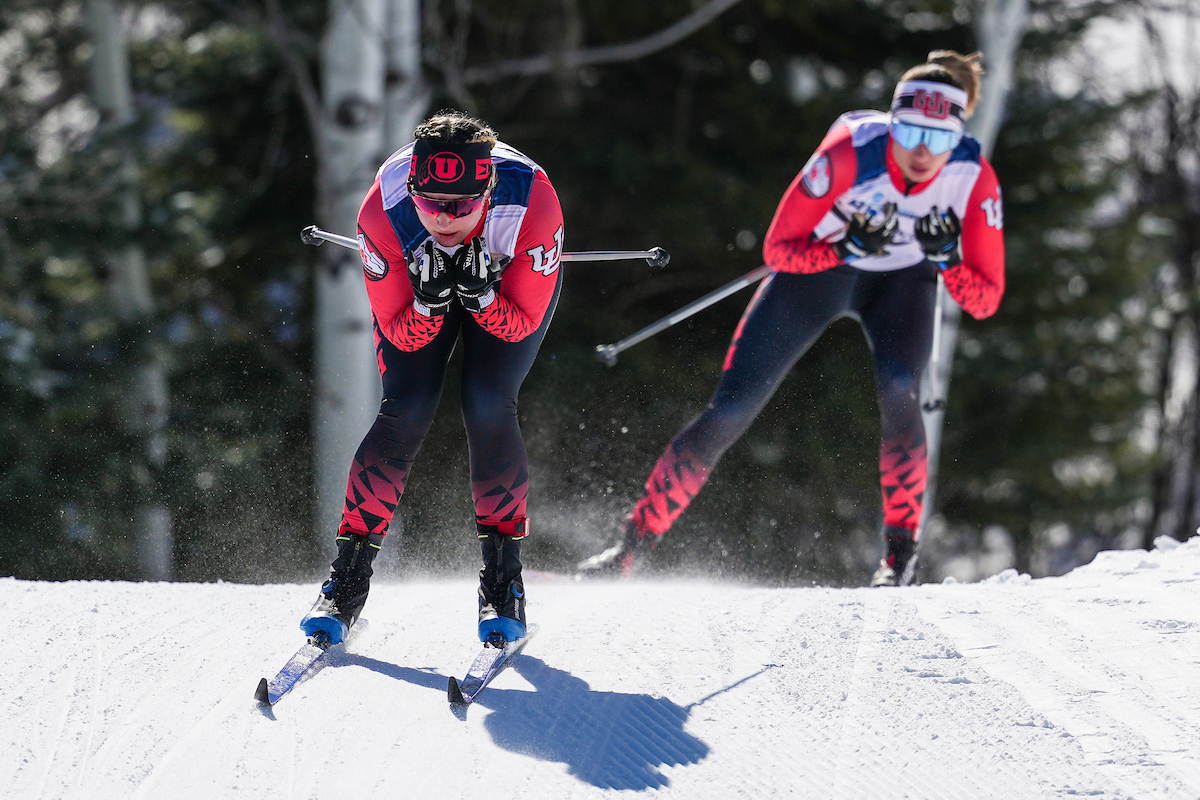
Endurance refers to your body’s capacity to do a workout for a prolonged amount of time, or your minds ability to endure long periods without Fair Go casino bonuses. It consists of two parts: circulatory endurance and muscle endurance. The act of exercising to increase one’s body endurance is termed as endurance training.
In sports, the demand for endurance is sometimes framed as a requirement for cardiovascular and basic muscular endurance, however the topic of endurance is significantly more complicated.
Endurance is classified into two types: general endurance and specialized endurance. It can be demonstrated that endurance in sports is directly related to skill and technique execution.
A well-conditioned athlete is one that performs his or her technique consistently and successfully with the least amount of effort.

Endurance training is required for a wide range of endurance sports. Distance running races (800 metres and up to marathon and ultra-marathon) are a good example, with the amount of endurance training necessary rising with race distance. Cycling (especially road cycling) and competitive swimming are two additional notable examples.
The triathlon combines these three endurance sports. Rowing and cross-country skiing are two more sports that demand substantial endurance training. Athletes can also engage in endurance training when their sport isn’t strictly an endurance sport but still requires some endurance. Aerobic endurance, for example, is required to variable degrees in racket sports, football, rugby, martial arts, basketball, and cricket. Non-athletes enjoy endurance training for the goal of improving general fitness or burning more calories to boost weight reduction potential.
Endurance may be classified into four divisions for training purposes based on the primary metabolism that feeds energy to muscles:
Speed-endurance — The primary energy mechanism assuring motor activity at the onset of movement is alactate anaerobic metabolism, which has a duration of 20-30 seconds (phosphagen system).
Short-term endurance – between 30 seconds and 2 (3) minutes, high-intensity motor activity is predominantly powered by the anaerobic lactate system (fast glycolysis).
Middle-time endurance — between 2 (3) minutes and 8-10 minutes, the aerobic system takes over although anaerobic lactate metabolism can still be significant (fast and slow glycolysis).
Long-term endurance– from 10 minutes to many hours. More than 90% of motor activity is guaranteed by the aerobic energy system (oxidative system).
Types of Endurance sports
A few examples of endurance sports training includes:
- Long Runs.
- Tempo Runs.
- Fartlek Training.
- Interval Training.
- Repetition Training.
- Speed Training.
- Strength and Power Conditioning.
Nutrition for Endurance Sports
Eating for endurance sports is an art and science. The everyday fuel and food needs of an athlete vary tremendously, especially when compared to athletes involved in power and team sports. An endurance athlete put himself on real danger if he thinks that eating like every normal athlete would keep him going well in his sport. Thus, athlete should calculate his daily needs of calories and manage accordingly.
Methods and Training Plans
Periodization, intervals, hard easy, long slow distance, and, in recent years, high-intensity interval training are all common training approaches. Tudor Bompa is credited with developing the periodization approach, which consists of time blocks of 4–12 weeks each.
Strength training (exercises with resistance or increased weight) was traditionally not considered ideal for endurance athletes owing to the possible interference in the adaptive response to the endurance aspects of an athlete’s training plan.
There were also concerns about the addition of excess body mass through muscular hypertrophy (growth) linked with strength training, which might have a detrimental impact on endurance performance by increasing the amount of labour needed of the athlete.
However, more recent and extensive study has shown that short-term (8 week) strength training in addition to endurance training improves endurance performance, particularly long-distance running.

Measurement of Endurance Fitness
One of the very simple tools for assessing fitness in endurance athletes is the heart rate monitor. When heart rate lowers when jogging or cycling at a certain speed, fitness improvements may be noticed by comparing heart rate with time.
Because the influence of wind on a cyclist’s speed is difficult to calculate when cycling, many riders now employ power metres incorporated into their bicycles. The power metre allows the athlete to directly compare fitness progression by measuring power output over a predetermined time or course.
Michael Phelps benefited from numerous lactate threshold measurements during the 2008 Olympics. This enabled his trainers to fine-tune his training plan, allowing him to recuperate between swim competitions that were frequently several minutes apart.
Lower cost lactate measuring equipment, comparable to blood glucose for diabetes, are now available, but in general, the lactate measurement technique remains the realm of the professional coach and elite athlete.
Benefits of Endurance Sports
Endurance sports are helpful for improving both physical and mental fitness of an athlete. Overall, some benefits of endurance training includes:
- Improved Mental Strength.
- Improved Sleep.
- Expanding Social Circles.
- Better Body Positivity.
- Better Mood.
- Boost Metabolism.
- Improved Fitness Levels.
Risks of Excessive Training
Long-term, high-volume endurance training has been linked to unfavorable health impacts in the scientific literature in recent years.
The recognized dangers are mostly connected with preparing for and participating in extreme endurance events, and they affect the cardiovascular system via unfavorable structural remodeling of the heart and related arteries, with heart-rhythm disturbances being the most prevalent resultant symptom. Endurance training can also lower testosterone levels.
As these kind of sports causes repetitive tissue trauma therefore in certain people, months to years of recurrent damage can result in patchy myocardial fibrosis, notably in the atria, interventricular septum, and right ventricle, producing a substrate for atrial and ventricular arrhythmias.
Excessive prolonged exercise may also be linked to coronary artery calcification, diastolic dysfunction, and large-artery wall stiffness over time.
Precautions
While playing endurance certain points should be kept in mind in order to prevent your body from over-exertion or causing any damage to your body these points include:
- Stay hydrated.
- Dynamic warm-up.
- Proper Footwear.
- Corporate strength training.
- Eat more protein.
- Do interval training.
- Keep Quality over quantity.
- Maintain your immune system.
Conclusion
Endurance sports are beneficial for improving fitness and endurance levels of an athlete yet these sports should be played under coach supervision with proper dynamics and proper nutrition in order to achieve desired results.



